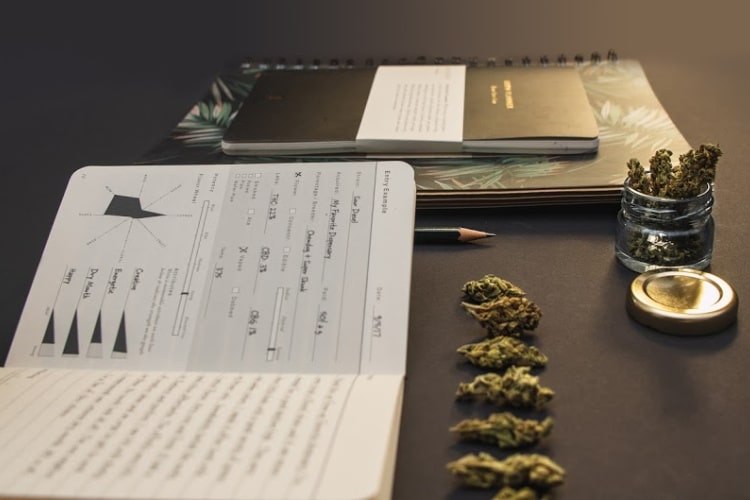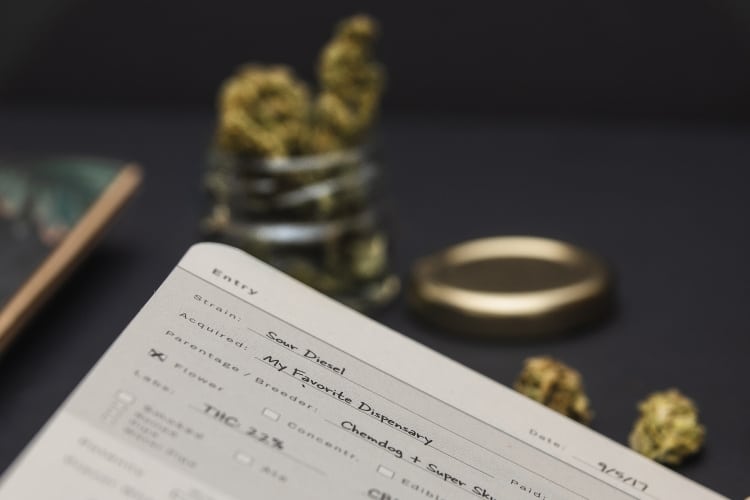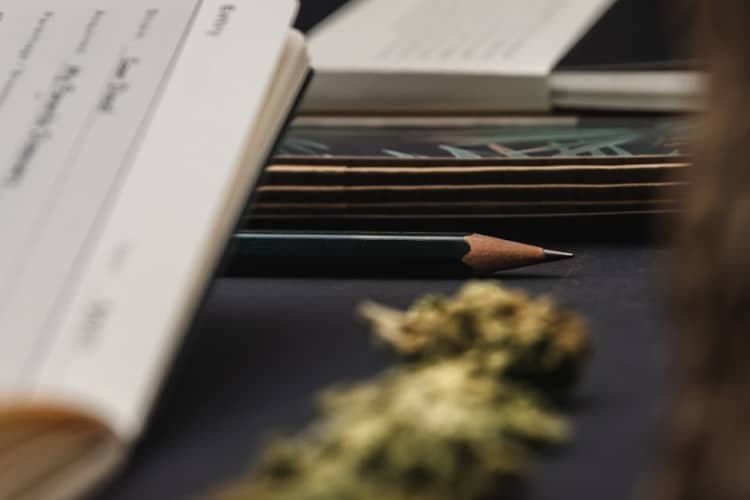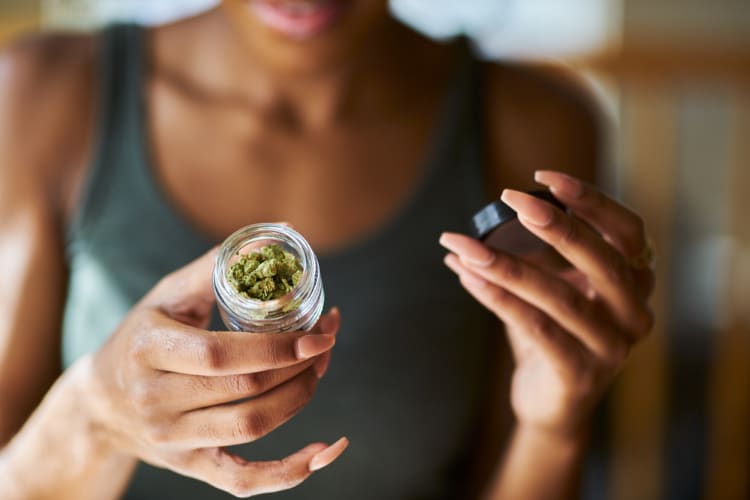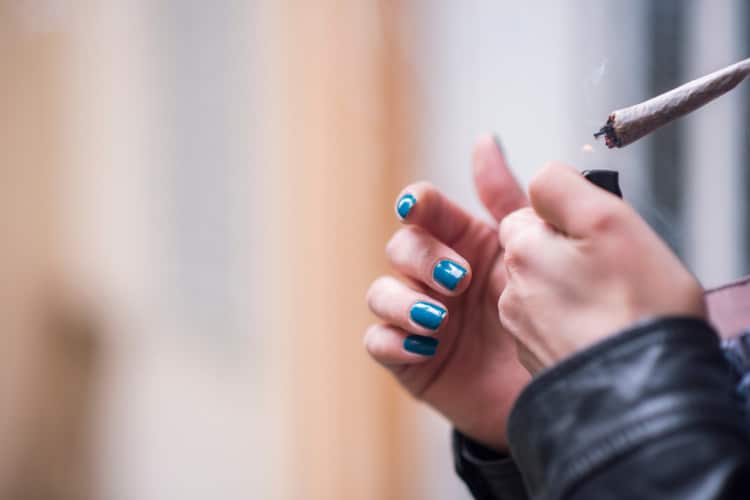Supercharge Your Cannabis Experience: What to Write in Your Cannabis Journal
If you keep up with cannabis culture, you may already have heard the term “cannabis journal.” At its core, a cannabis journal is a simple notebook where cannabis users can record information like strains, delivery methods, time of onset and other details about their cannabis experience. Developed as a simple and intuitive way for medical cannabis patients to track their usage and effects, they’ve made the leap to the adult-use world as well.
Why? That’s simple: If like many Americans, you use cannabis for gentle and sustainable relief from pain, insomnia or other conditions, a cannabis journal will go a long way towards helping you maximize your cannabis dollar. By keeping simple notes about which cannabis product was most effective and why, you’ll save yourself valuable time and money when it’s time to restock.
And if you’re an adult-use fan of cannabis, a cannabis journal still has a role to play. In addition to making great gifts (hint, hint), they’re a perfect way to compare notes on your favorite strains, cannabinoid ratios, terpenes, delivery methods, and all the other facets that make enjoying cannabis such a unique and complex experience.
What to Write in Your Cannabis Journal: For Medical Cannabis Users
There’s nothing particularly challenging about keeping a cannabis journal. In its simplest form, it’s just a notebook (or a digital note-taking app) that allows you to keep track of your cannabis use and to note its effects.
So…why do it? Simply put, cannabis is an incredibly complex plant, containing over 100 cannabinoids and 200 terpenes, among other natural compounds. Even if you stick with a single strain or product, it’s perfectly normal to experience different reactions and effects depending on factors like dosage, time of day—even what you’ve recently eaten!
That’s why learning which types and which forms of cannabis work best with your body can give you valuable information and insights to help guide your future use (and your all-important cannabis budget!).
You can use your smartphone as a notebook—we like apps like Simplenote or Notes—but many of us find that having a physical cannabis journal makes it easier to remember to use it! And no matter which format you end up using, the process is the same. Each time you take your cannabis medicine, write down a few details, such as:
- Date and time
- Were you feeling symptoms before you took the cannabis?
- Did you eat or drink anything recently?
- How did you take the cannabis? Was it a vape pen, a tincture, an edible or some other form?
- Type of cannabis: What was the strain name and cannabinoid ratio?
- How long did it take before the cannabis took effect? What did it do for your symptoms?
You can go into much greater detail, of course. Some cannabis journalists like to record the effects of the cannabis right after they take it, and then at set intervals throughout the day. Whatever you’re comfortable with, just as long as you’re actually using it!
What to Write in Your Cannabis Journal: For Adult-Use Cannabis Users
For adult-use fans, the procedure isn’t radically different: Because many adult-use users still use cannabis for normal aches and pains, it’s worthwhile to record our impressions. What’s more, it will help you build your cannabis knowledge and serve as a sort of “tasting library,” with valuable information about strains, your impressions of terpene contents and more! Trust us: Once you give it a try, you’ll probably find it’s a practice worth returning to again and again!
Ready to give it a whirl? Stop by Clear Choice or place an order online to find some new strains to write about!
